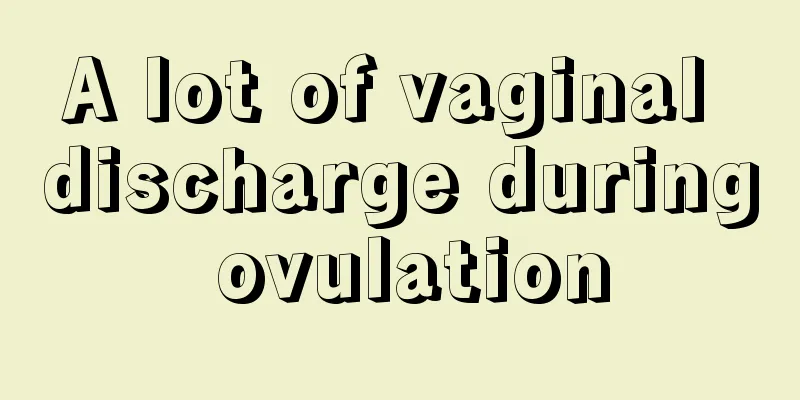Is the bright spot on the left ventricle a boy or a girl?

|
Generally, a strong echo in the left atrium of the fetus is an ultrasound manifestation. It is also found that many mothers often have strong light spots in the left atrium of their fetuses during B-ultrasound, which makes everyone feel uneasy. This indicator value has no clinical manifestation when taken independently and is very common among the yellow race. The reason for the strong light spot may be the accumulation of minerals in the center of the papillary muscle, or the thickening of the chordae tendineae in the atrium. Many people also think that it is a reminder of gender. So does the strong light spot in the left atrium indicate whether it is a boy or a girl? 1. If there is a strong light spot in the left atrium, it does not mean the baby is a boy. This cannot be used to determine the gender of the baby. It is recommended that you do an ultrasound. During pregnancy, if the fetal heartbeat is abnormal and there is also a small spot of light in the room, further examination is needed to diagnose whether there is an abnormality. Because the appearance of this strong echo indicates that the possibility of fetal heart abnormality is increased, it is necessary to perform an ultrasound cardiogram on the fetus. 2. These strong light spots are usually caused by the thickening of the child's heart tissue during the decline process. There is no scientific evidence that this generally does not affect the child's heart function and health. A strong echo in the left atrium of the fetus is an ultrasound manifestation, not a heart malformation, nor an ultrasound diagnosis of fetal heart abnormalities. It is very common in clinical medicine, and the pathogenesis has not been established at this stage. 3. Single strong light spot in the left atrium is more common, and the possibility of haploid abnormality in the fetus is only 20% (0-1.8). The risk of haploid abnormalities in the right ventricle, multiple atria, or significant strong light exposure increases, and the fetus should undergo chromosome karyotype analysis if necessary. There is no established association between strong light exposure in the fetal heart chamber and congenital heart malformations and other non-chromosomal malformations . If only a bright spot is found in the fetus' heart without other positive findings, it should be recorded in the ultrasound report. At the same time, attention should be paid to whether there are other high-risk factors, such as the age of the pregnant woman. When the pregnant woman is ≥31 years old, the incidence of chromosomal abnormalities in the fetus with intentional bright spots is about 1/600. |
<<: The chance of pregnancy after taking menstruation regulating and pregnancy promoting pills
>>: The discharge is sticky and yellow like paste
Recommend
Early pictures of female yeast infection
The early symptoms of fungal infection are not ob...
Why do nipples become inverted?
Breasts are important organs for women. Women sho...
The harm of frequent sexual intercourse to women
In our daily life, I believe everyone knows that ...
I have bleeding down there but it's not my period
Many women experience irregular bleeding during t...
Is it good or bad to wear nursing bras during confinement? When should you start wearing nursing bras?
We all know that after giving birth, women are we...
Long Johns Calling! Will Not Wearing Long Johns Cause Arthritis? The Truth Is…
The cold wave has been coming in force in recent ...
How long does it take for abdominal pain to begin with an ectopic pregnancy?
Anyone who has experienced an ectopic pregnancy w...
Does taking folic acid affect menstruation? You will understand after reading this!
Folic acid must be familiar to female friends. In...
What are the dangers of ovarian cysts
Ovarian cysts can cause many adverse symptoms, su...
What should I do if I have small bumps on both sides of my vagina?
Many female friends may find that there are small...
Menstruation comes 10 days early with less and darker color
Women's menstrual periods are usually very re...
If your child has repeated colds and snores while sleeping, beware of adenoids hypertrophy! Surgery is recommended in this case!
Author: Dai Jinsheng, attending physician, Beijin...
Symptoms of postpartum urticaria
Urticaria is a relatively stubborn skin disease t...
The capillaries on women's legs are obvious
Capillaries are a skin lesion that occurs on the ...









